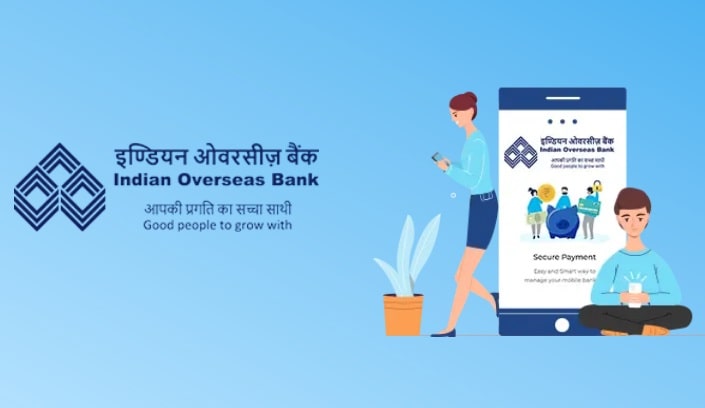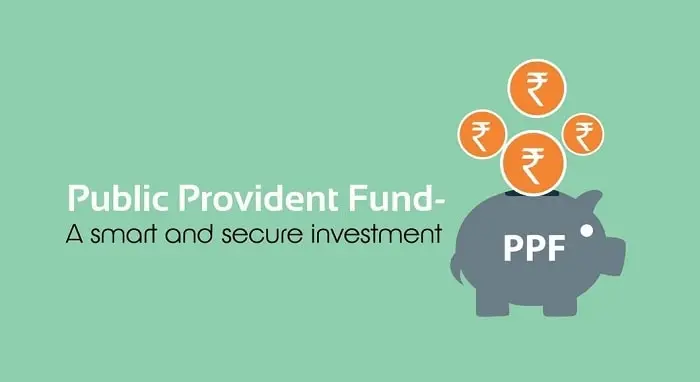You’re excited about opening your first bank account or switching to a new bank, but making the wrong decisions during account opening can cost you thousands in fees, missed opportunities, and banking frustrations for years. Many people rush through the process without understanding terms and conditions, comparing options, or considering long-term implications. Learning from others’ mistakes helps you make informed choices that enhance your banking experience.
Avoiding these common pitfalls ensures you select the right account with optimal features, fair fees, and services that align with your financial goals.

What Documentation and Preparation Mistakes Should You Avoid
Incomplete Documentation: Arriving at the bank without proper documents wastes time and delays account opening. Ensure you have valid ID proof, address proof, PAN card, and recent photographs before visiting the branch or starting online applications.
Ignoring KYC Requirements: Failing to understand Know Your Customer (KYC) norms can lead to account restrictions or closure. Complete full KYC immediately to avoid transaction limits and ensure uninterrupted banking services.
Not Reading Fine Print: Many people sign account opening forms without reading terms and conditions. This leads to surprises about fees, charges, and account limitations that could have been avoided with careful review.
Providing Incorrect Information: Giving wrong mobile numbers, email addresses, or addresses creates communication problems and delays in receiving important banking updates, cards, and statements.
Which Account Selection Errors Cost Money Long-Term
Choosing Based on Convenience Alone: Selecting a bank only because it’s near your home or office, without comparing interest rates, fees, and services, often results in lower returns and higher costs over time.
Ignoring Fee Structures: Not understanding maintenance charges, ATM fees, transaction costs, and penalty charges leads to unexpected expenses that can amount to thousands annually.
Overlooking Interest Rate Differences: A 1% difference in interest rates significantly impacts long-term wealth building. Choosing a bank offering 3% instead of 6% costs you substantial returns over years.
Wrong Account Type Selection: Opening a current account when you need a savings account, or choosing premium accounts without understanding minimum balance requirements, results in unnecessary charges and inappropriate services.
How Do Minimum Balance Mistakes Impact Your Finances
Not Understanding Balance Requirements: Many people open accounts without knowing minimum balance requirements, leading to penalty charges that sometimes exceed the interest earned.
Choosing Unrealistic Balance Accounts: Selecting accounts with minimum balances you cannot maintain consistently results in recurring penalty charges that erode your savings.
Ignoring Calculation Methods: Banks calculate minimum balance differently—some use monthly average, others use quarterly. Understanding the calculation method helps you maintain balances correctly.
Missing Balance Alerts: Not setting up low balance alerts leads to inadvertent minimum balance violations and penalty charges that could be easily avoided.
What Digital Banking and Security Oversights Create Problems
Weak Password Creation: Using simple passwords or sharing login credentials compromises account security and increases fraud risk. Create strong, unique passwords and enable two-factor authentication.
Ignoring Mobile Banking Setup: Not activating mobile banking during account opening delays access to convenient digital services and forces reliance on branch visits for basic transactions.
Skipping Security Features: Not enabling SMS alerts, transaction notifications, and fraud alerts leaves you vulnerable to unauthorised transactions and delays in detecting security breaches.
Poor Record Keeping: Not maintaining records of account details, passwords, and important banking documents creates difficulties during emergencies or when accessing services.
Which Relationship and Service Mistakes Limit Banking Benefits
Not Building Banker Relationships: Failing to introduce yourself to branch managers or relationship managers limits access to personalised services, better rates, and preferential treatment.
Avoiding Additional Services: Not exploring other banking products like loans, credit cards, or investment options offered by your bank means missing opportunities for better rates and integrated financial services.
Ignoring Upgrade Opportunities: Not upgrading account types as your income increases means missing out on better interest rates, higher transaction limits, and premium services.
Poor Communication: Not informing the bank about address changes, income improvements, or changing financial needs limits your access to appropriate products and services.
How Can You Avoid These Costly Mistakes
Research Thoroughly: Compare at least 3-4 banks before deciding, focusing on interest rates, fees, services, and long-term benefits rather than just immediate convenience.
Ask Detailed Questions: Clarify all doubts about charges, minimum balances, interest rates, and service features before opening accounts. Don’t hesitate to ask for written clarification.
Plan for Growth: Choose accounts and banks that can accommodate your growing financial needs, offering upgrade paths and additional services as your wealth increases.
Regular Review: Evaluate your account annually to ensure it still meets your needs and offers competitive rates and services compared to market alternatives.
Conclusion
Avoiding common bank account opening mistakes saves money, time, and frustration whilst ensuring you get maximum value from your banking relationship. Focus on thorough research, understanding all terms and conditions, choosing appropriate account types, and building strong banking relationships. Remember that account opening is just the beginning—actively managing your account and relationship with the bank determines your long-term banking success. Take time to make informed decisions that align with your financial goals and lifestyle needs.














